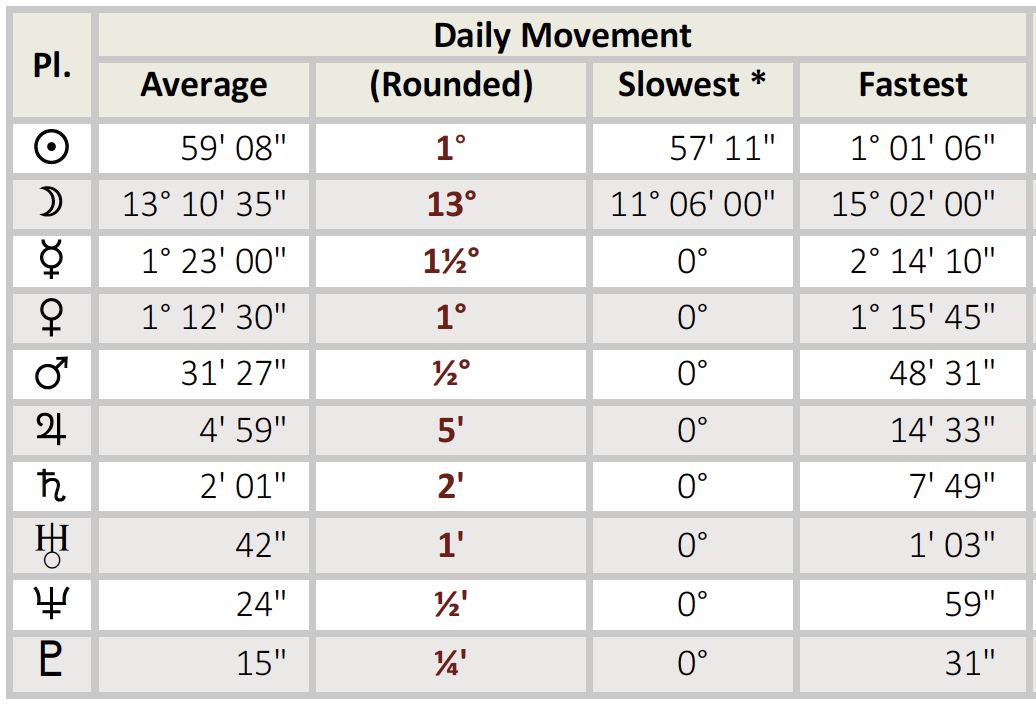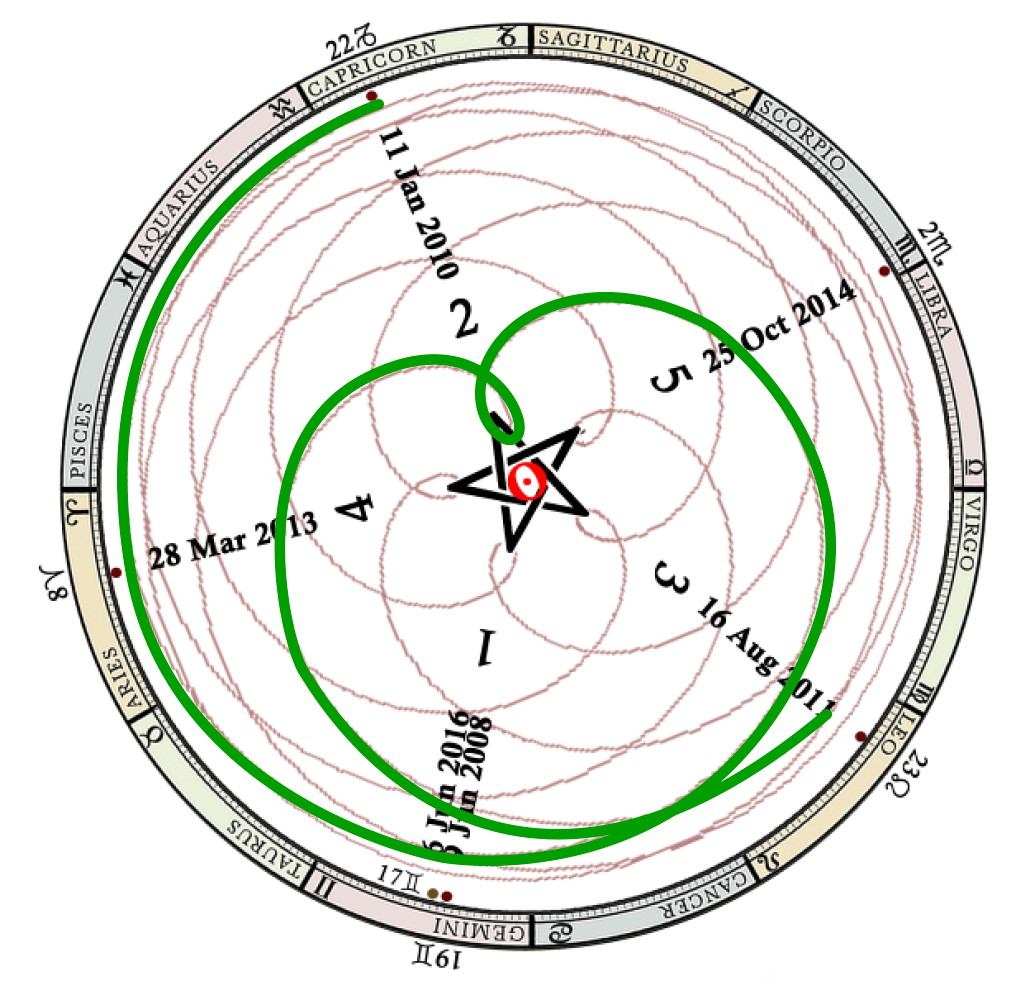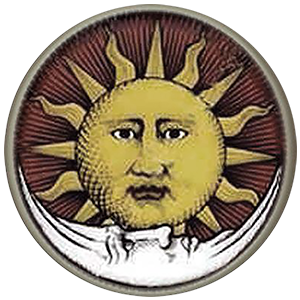Glossary of terms
Special | A | B | C | D | E | F | G | H | I | J | K | L | M | N | O | P | Q | R | S | T | U | V | W | X | Y | Z | ALL
S |
|---|
SanguineOne of the four humours, related to the season of
spring and the element of air. It denotes a warm and moist temperament and the
word ‘sanguine’ is often used to describe someone who is easy-going, well
balanced, optimistic and cheerful; being in no way extreme in their reactions.
In physiology the sanguine humour is traditionally reputed to be seated in the
blood, which disseminates nourishment through the veins to support the
principle of digestion. | |
Schoener, Johannes - astrologer (1477 - 1547)German astrologer, cartographer and priest who became Professor of Mathematics at Nuremberg in 1526. He owned his own printing company and helped circulate many valuable texts of other astrologers, besides his own. In particular he is known for promoting the work of Regiomontanus, and for encouraging Copernicus to prepare his manuscript for publication. His Opusculum Astrologicum (a collection of astrological works) first published in 1539, was translated into English by Robert Hand in 1994. Hand has also translated the first of his Three Books on the Judgement of Nativities, which Schoener published in 1545, two years before his death. Schoener's point-scoring table (translated extract from hisOpusculum Astrologicum) : www.skyscript.co.uk/schoener_dignity_scores.pdf
| ||
SectDivision of the planets, signs and chart areas into the
polarities of diurnal or nocturnal. The word itself represents division (as in
section), but also implies unification within that division through
affiliation and common interest (as in a religious sect). Of the signs, those
which are masculine are also diurnal:Aries, Gemini, Leo, Libra, Sagittarius, Aquarius;
those which are feminine are also nocturnal: Taurus, Cancer, Virgo, Scorpio, Capricorn, Pisces. Of the traditional planets, those which are diurnal
are: Saturn, Jupiter, Sun; those which are
nocturnal are: Mars, Venus, Moon;
Mercury is unique in having no affiliation to either sect but is usually
considered diurnal as a morning star and nocturnal as an evening star (the
scheme excludes the outer planets). The
alignment of a planet with its proper sect is considered favourable; that is,
diurnal planets are more beneficial in diurnal charts and placed in diurnal
signs and areas (when they are described as ‘in sect’). See ‘diurnal/nocturnal’ and
‘hayz’. | |
SeparationIn a general sense the term 'separating' is applied to any planet moving away from the conjunction or aspect of another. In strict terminology, a planet is said to be 'separating' from another when the planets are within orb of aspect and moving away from perfection (exactness). Planetary motion must be considered, for if a planet is retrograde an aspect that appears to be separating from exactness may in fact be applying, and if a planet is about to turn retrograde an aspect that is currently in a state of separation may once again perfect. | |
SignificationThe things that a planet, sign or house can signify. | |
SignificatorA planet that signifies a
particular person, object, event or principle, by its rulership of the sign on
the cusp of the house that governs that matter. For example, partners are represented
by the 7th house so if the 7th house cusp falls in Leo, the Sun, as the ruler
of Leo, signifies the partner and is termed his or her significator. | |
SinisterSee ‘dexter/sinister’. | |
Slow in courseWhen a planet's speed is less than its average; it therefore moves less through the zodiac than it normally would. This is considered a debility. See 'Swift in course'.
| |
SolsticeFrom the Latin sol 'sun' + stitium 'standing still' the early term solstitium became shortened to solstice in the 14th century. The term refers to the two points in the zodiac (0° Cancer; 0° Capricorn) where the Sun's latitude is at its greatest distance north or south of the equator. The Sun's movement to these extreme points marks the peak of the seasons (mid-summer or mid-winter), so the Sun appears to stop rising or falling in latitude, and temporarily halts (stands still) as it reverses its relationship with the equator. The Sun's placement at 0° Cancer marks the northern hemisphere summer solstice, which occurs around 21 June; it's placement at 0° Capricorn marks the northern hemisphere winter solstice, which occurs around 21 December (the seasons are reversed in the southern hemisphere). Contrast with the equinoxes: the two moments in the year when the sun's path falls upon the equator. | |
SuccedentLiterally “following”; the succedent
houses are those which follow the angles and which, by diurnal revolution, will
succeed to their positions: the 2nd, 5th, 8th and 11th houses. Considered to be
positions of intermediate strength. | |
Superior planetsSee ‘inferior/superior’ planets. | |
Swift in courseWhen a planet's speed is more than its average; it therefore moves more through the zodiac than it normally would. This is usually considered a strength. See ‘Slow in course’.  | |
Synodic cycleA synodic cycle measures successive returns of a planet to its conjunction with the Sun, as seen from Earth. From the Greek sýnodos'meeting'.
The diagram above shows the synodic cycle of Venus, as seen
from Earth. The trail that has been picked out shows the geometrical
relationship that Venus makes with the Earth, beginning with the
superior conjunction of 11th January 2010 (at 22 Capricorn) and ending
with the completion of the cycle on 16th August 2011, (the next superior
conjunction at 23 Leo). As one cycle leads to another, Venus will trace
out an almost perfect pentagram over five cycles, which will take eight
years to complete. | |



